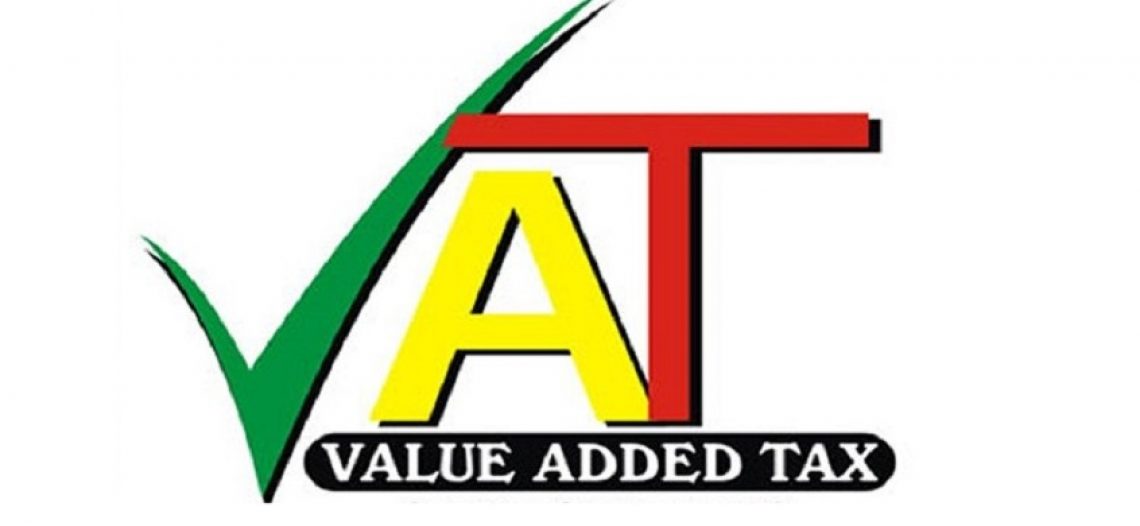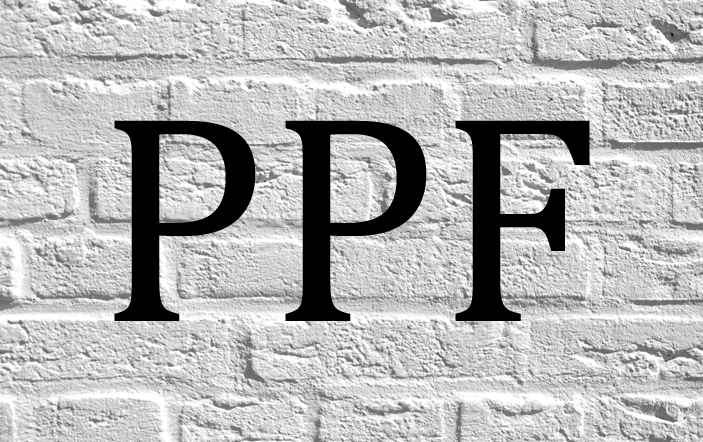Sprucing up one’s home for the festival of Diwali need not be an arduous task. Here are some simple and creative ways, in which homeowners can make their homes look warm and welcoming
How to give an inexpensive makeover for the walls
Painting the house makes it clean and fresh. There are a lot of inexpensive painting options available in the market, which are of good quality. Homeowners can also opt for wall coverings such as wallpapers, to add color to one’s house. There are a variety of wallpapers with exquisite finishes and attractive prices, which can be installed in a day’s time. Alternately, one can use festive wall stickers which can be removed, without damaging the wall or the paint. They can be applied on walls, wood, glass, etc. Swarovski crystals and studded decals can also add glitter to your living rooms.
Furnishing and accessories for the festive season
Changing the drapes and furnishings, are the easiest ways to add a festive look to your home, this Diwali. While doing so, first select a color theme that complements the furniture and then, opt for floral, geometric or plain fabrics, accordingly. If your home is done up in classy white or soothing beige, then, you can brighten it up with touches of vibrant green or feisty orange. Intricate patterns and soft fabrics like silk, which connote luxury, are ideal for festive seasons.
Metallic touches and ornamental accents also add to the festive feel of a house. Gold or sparkling silver items, handcrafted vases, lamps and ethnic artwork, can transform a festive space. For the dining area, use tableware in lovely colors and designs, made of porcelain, steel, silver, earthenware or and glass.
Decorating the entrance of the house
Decorate the main door, with a floral toran or colorful bandhanwars designed with pearls, gotas and fancy flowers. As rangolis are considered auspicious, make one with powder or with fresh flowers like marigold, mogra and rose petals, near the entrance of your house. You can also opt for readymade acrylic or studded rangolis and arrange it with hand-painted earthen diyas.
Diwali lighting options for your home
Lighting plays an important role, in the overall look of a house. “Indirect cove lighting gives a warm and cozy feel to the house while direct lighting or spot lighting is used to create focal areas. Other light fittings like wall bracket lights, may be used to highlight a painting on the wall or artifacts. A chandelier can brighten up the décor of a house, as well. Metal, Brass and Silver are ideal décor elements for Diwali – the festival of lights. Similarly, fairy lights and rope lights create a festive atmosphere. One can be creative, by using paper cones around the light fixtures, to change the shade of the light, from greens, to blues and oranges. You can also use discarded wine bottles and stuff it with Mirchi lights and arrange it around the house for a unique statement.
Fresh flowers uplift one’s mood and add a feeling of positivity to the home. Mogras, roses, carnations, chrysanthemums, orchids and other exotic flowers can be used to give an eye-catching makeover to the home. Use a lot of flowers to decorate the home for Diwali. Marigold balls, hung at the entrance and strew flowers around the temple to create a festive look that complements the overall décor of the house.
Quick ways to decorate your house, this Diwali
- Give your home’s windows a quick makeover, by changing the curtains or opting for classy blinds.
- Keep a plant in a vibrant colored pot and decorate it with fairy lights.
- Gold-coloured décor pieces can be a lovely addition to a neutral environment.
- For the bathroom, use matching colored napkins, towels, dispensers and door mats.
- Use potpourri, reed diffusers and fragrant oils, to create a refreshing ambiance.
- Add mirrors with fancy frames, to enlighten a dull space.
- A wide range of silver and brass accessories, used along with fresh flowers, lanterns and diyas, can beautify the temple area.
































